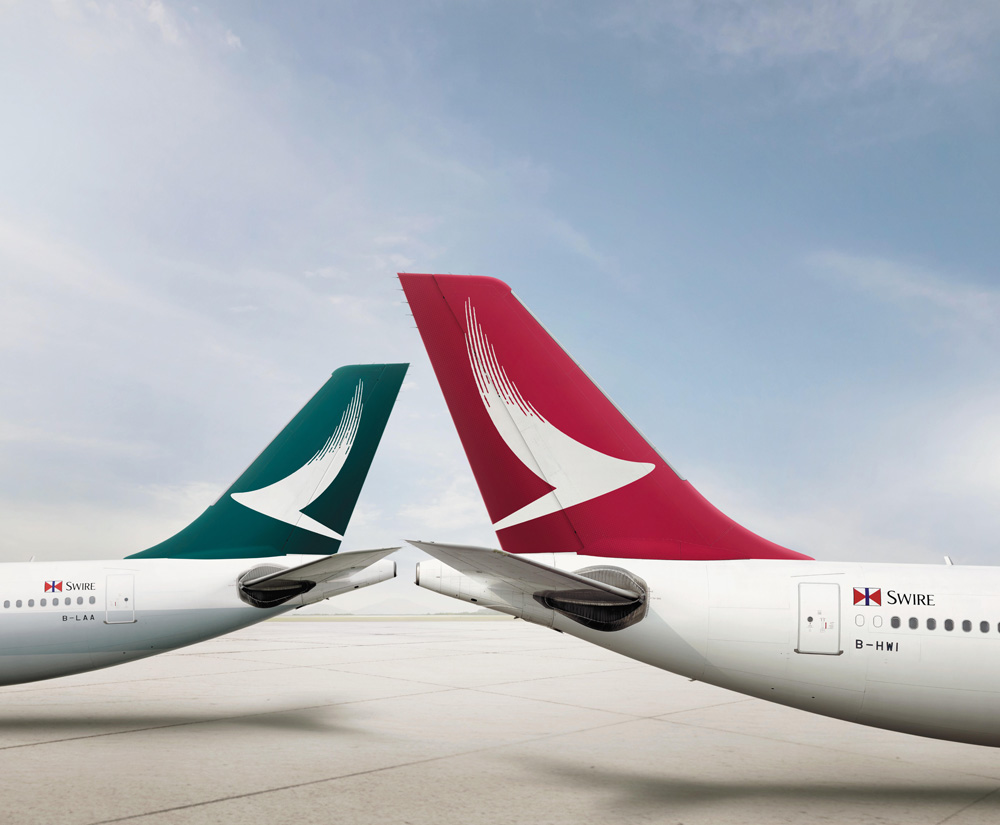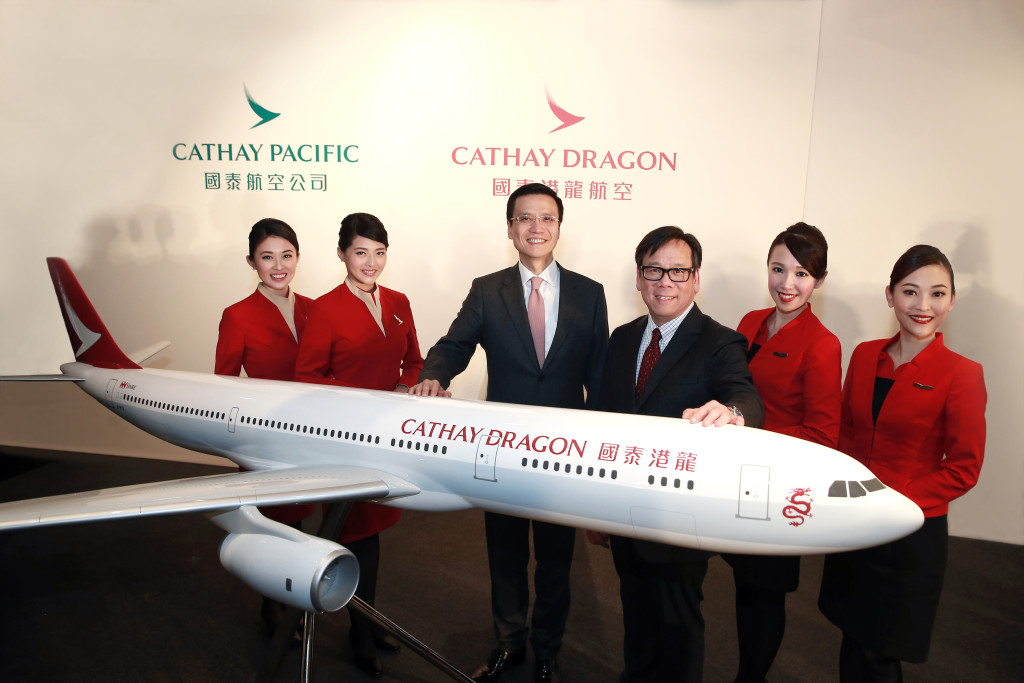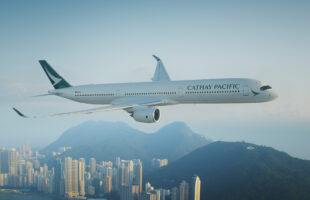
The Cathay Pacific Group has rebranded its wholly owned sister airline Dragonair, as Cathay Dragon. The two will remain as separate airlines, operating under their own licenses.
Cathay said that by more closely aligning the two brands the group will capitalise on Cathay Pacific’s high international brand recognition and leverage on Cathay Dragon’s unique connectivity into Mainland China – one of the world’s fastest-growing business and leisure travel markets.
Since Dragonair became a wholly owned subsidiary of Cathay Pacific in 2006, it has added 23 new destinations and the number of passengers traveling across both carriers has grown five times to more than 7 million in 2015. The combined annual passenger number of the two airlines grew from 22 million to more than 34 million last year.
This spectacular growth has been made possible by the Cathay Pacific Group’s efforts to channel international passengers to and from Mainland China, regional and long-haul markets through Hong Kong International Airport.
The rebranding will see a new livery created for Cathay Dragon that features a Cathay-style brushwing logo. This livery will appear for the first time on one of Cathay Dragon’s Airbus A330-300 aircraft in April and will be progressively introduced to the rest of the airline’s fleet.

Meanwhile, group released combined Cathay Pacific and Dragonair traffic figures for December 2015 showing an increase in both the number of passengers carried and the volume of cargo and mail uplifted compared to the same month in 2014.
The two airlines carried 158,741 tonnes of cargo and mail in December, a 1.4 per cent increase compared to the same month last year. The cargo and mail load factor fell by 0.3 percentage points to 67.9 per cent.
Capacity, measured in available cargo/mail tonne kilometres, was up by 2.4 per cent while cargo and mail revenue tonne kilometres (RTKs) flown increased by 2.0 per cent. For 2015 as a whole, tonnage rose by 4.3 per cent against a capacity increase of 5.4 per cent and a 5.4 per cent rise in RTKs.
Cathay Pacific general manager cargo sales & marketing Mark Sutch said: “The seasonal peak for airfreight lasted until the week before Christmas and our performance in December, at least in terms of tonnage lifted, was marginally ahead of expectations.
“Demand on the transpacific and Indian routes remained robust. Unfortunately, the excess of capacity in the world’s air cargo markets made it difficult for carriers to get rates up to the kind of levels expected during the year-end peak. Overcapacity and pressure on yield will remain concerns for the industry moving into the New Year.”





